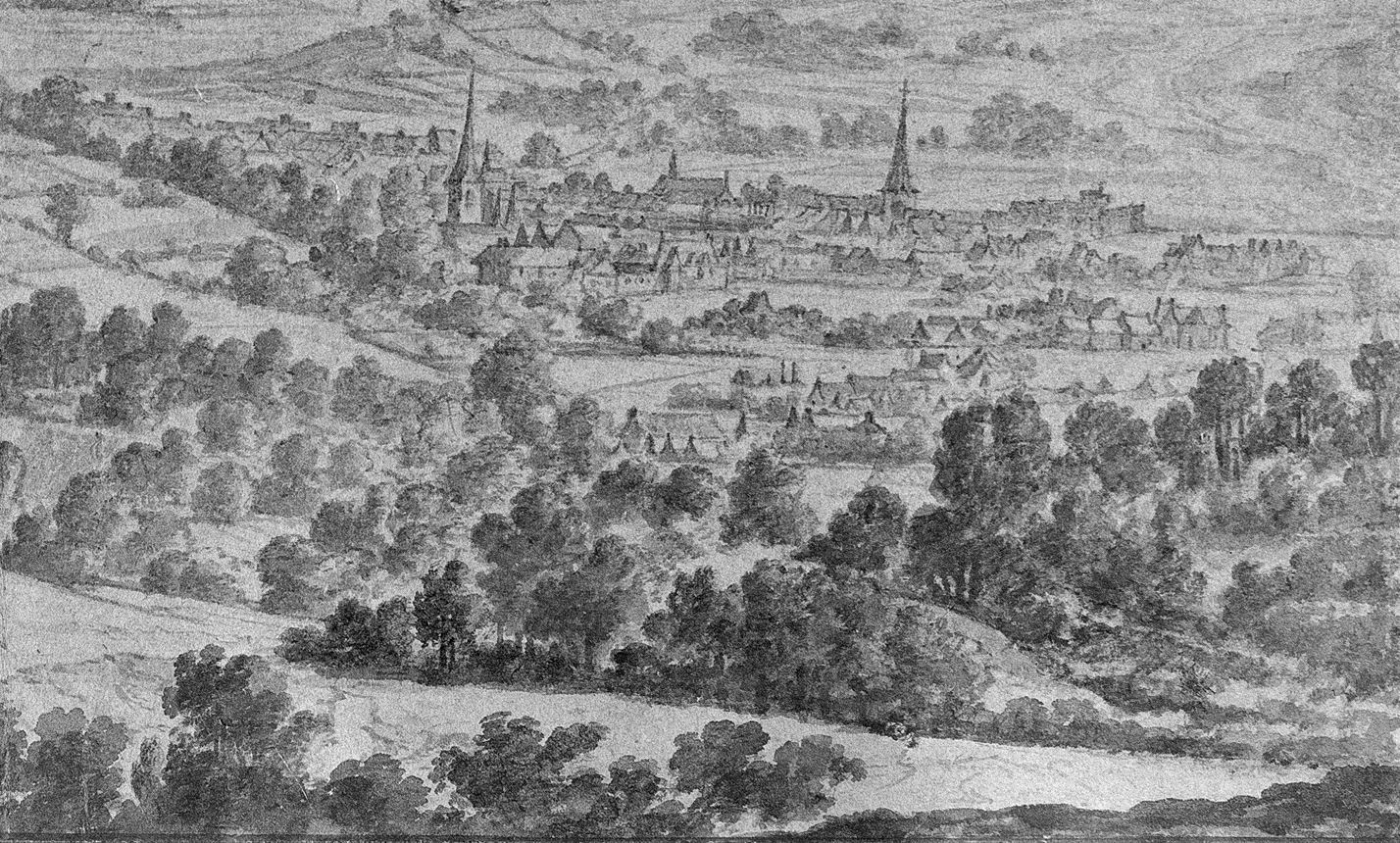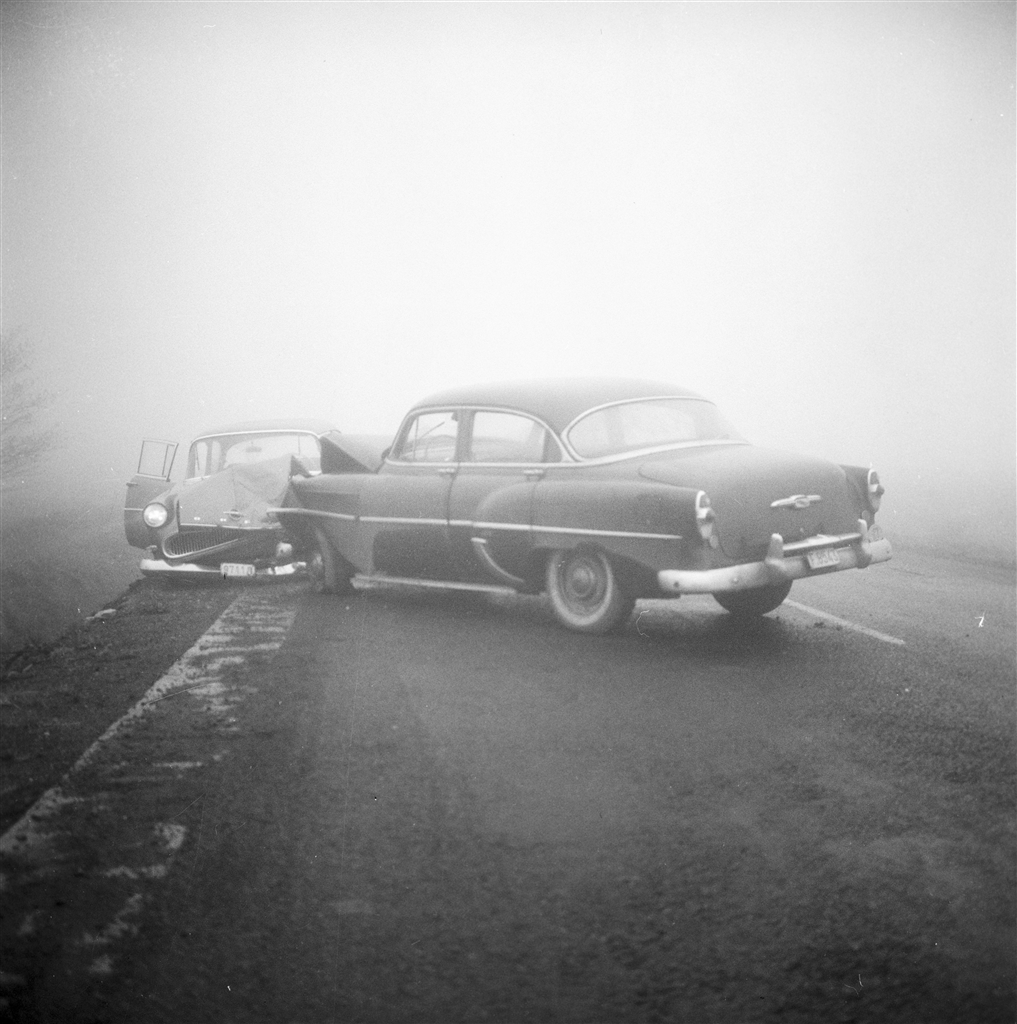A lot has happened since then. In 2018, the Eifel police zone had a strategic analysis carried out by the Federal Police – Police Policy Support Service – regarding road accidents. In the three-year period 2015-2017, the Eifel police registered 1,109 accidents in the Belgian Eifel, with 59 serious injuries and 8 deaths (3) – way too many. However, almost 70 years earlier, the numbers in the area covered by the Grenz-Echo (4) were even more drastic. In the years 1947-1949, there were 29 serious injuries and 35 deaths in road traffic. However, at the time, there were far fewer vehicles in circulation: for example, while in Germany 0.7 million passenger cars were registered in 1950, there were over 45 million in 2018. This means that the number of passenger cars in 1950 was only 1.5 percent of today’s stock.
According to the Belgian Statistical Office, the vehicle fleet in today’s East Belgium comprises 61,550 vehicles (cars, trucks, etc.), a good 0.83% of the country’s motorised stock. For 1950, Statbel gives a national vehicle stock of 273,599 passenger cars (5). The number of passenger cars in East Belgium in 1950 was therefore well below 900 vehicles, in all likelihood.
These figures not only help us to describe developments. For many decades, the main concern has been to reduce the number of people seriously injured or killed in accidents among all road users. In July 1952, under the chairmanship of the Minister of State Georges Theunis, Via Secura was created, an organisation dedicated to the education of all road users (6).
Yet ten years later, in June 1963, the Minister of Transport, Alfred Bertrand, was summed up in the Senate ‘that there is something wrong with the way our motorists drive’(7). His bill to introduce the driving licence was aimed at the man at the wheel. Scheduled for September 1964 (8), it came into force in February 1967 – with no driving test, for most applicants. Only 18- to 21-year-olds were required to pass a test to prove knowledge of the highway code.
Yet, traffic observers have always known that this driving licence does not necessarily identify good drivers. Other factors also contribute to greater safety: the experience of the driver, roadworthiness of the vehicles, the volume of traffic, legislation, traffic observations and checks, and, of course, road and weather conditions. Even the autonomous vehicle will eradicate traffic-related deaths (9). In contrast, only humans may teach a vehicle – an automobile in the truest sense of the word – how to ‘behave’ in conditions of night and fog.
Alfred Rauw
From ZVS, 2019/10 , pp. 228-229.
(1) The traffic accidents of the previous week, in: Grenz-Echo, 25/09/1962.
(2) In 1,251 road accidents, 17 people were killed and 196 seriously injured.
(3) Extract 2018 data analysis – With thanks to the chief of the Eifel police zone for permission to publish
(4) Balance based on the data in the annual chronicles of the Grenz-Echo.
(5) See statbel.fgov.be/de/themen/mobilitaet/verkehr/fahrzeugbestand (accessed: 18/04/2019)
(6) Grenz-Echo, 05/07/1952
(7) Grenz-Echo, 06/06/1963
(8) Grenz-Echo, 04/06/1964
(9) On 19/03/2018, an autonomous vehicle fatally injured a female pedestrian in Tempe, Arizona.

